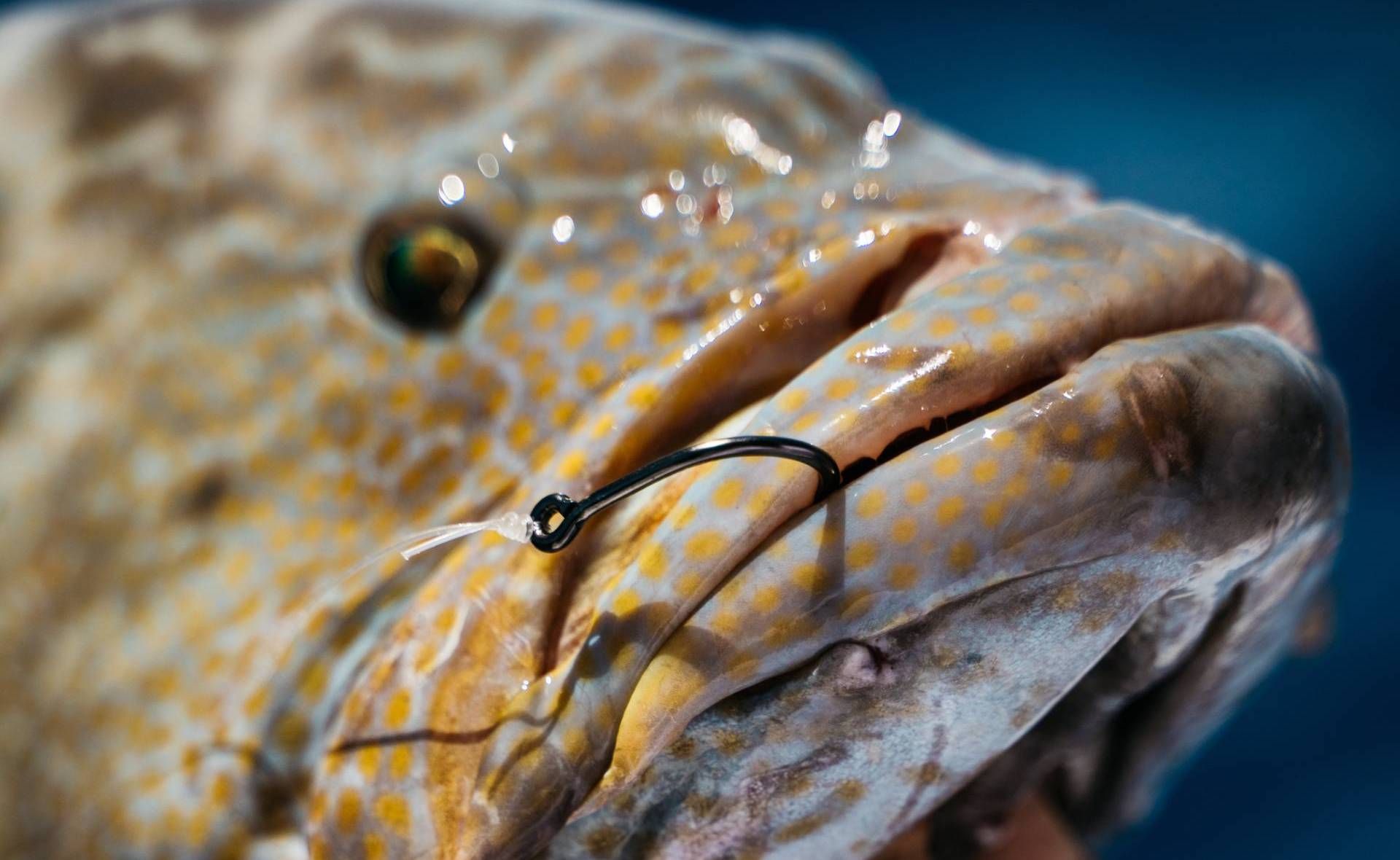A Deeper Look Into the Search For Inshore Grouper

The common grouper scenario finds anglers vertically dropping heavily weighted baits to deep water reefs, rock piles, and ledges, waiting for a bite and then winching up their catch with stout tackle. Lots of fun, for sure, but if you want a hard-hitting, arm-stretching thrill ride, visit Florida’s Gulf Coast bays and nearshore shallows for the fall-winter grouper action. Gag grouper typically push into shallower depths once fall starts to cool inshore waters, so this prized game fish becomes more broadly accessible. These fish instinctively favor hard structure, so take a look at the following options.
Rock Reefs
Limestone outcroppings are like oases in the desert —centers of life where baitfish and predators gather. Many of these rock sites sit in less than 20 feet of water, while rock reefs along Florida’s Nature Coast (between the greater Tampa Bay region and the Big Bend) often stand as shallow as 10-12 feet of water.
Inshore Channels
Manmade navigational lanes cut through natural limestone bottoms are prime feeding and migration routes. Pay attention to the rocky edges, especially the turns, kick-outs, and indentions. Any structural differences can create ambush feeding spots, as well as current breaks during strong tidal periods.
Bridge/Pier Pilings
While juvenile grouper may set up shop under residential docks, coastal piers, and major bridges often find keeper-size fish relating to the pilings much like vertical reefs. The closer those pilings are to deep water and, in the case of bridges, to channels, the greater quantity and quality you can expect.
For any of these scenarios, look for the grouper to become most active during peak tidal flow, as the moving water delivers optimal feeding opportunities. The stronger the flow, the tighter the fish will hold to the structure, but they’ll leverage key positions to pick off smaller baitfish pushed by the tide.
Several techniques will tempt inshore grouper; just match the presentation to the right scenario.
Trolling
Medium to deep diving plugs fitted with Mustad Jaw Lok In-Line 5X Treble Hooks offer an efficient option for covering long stretches of those inshore channels. Pull your baits right along the edges to take advantage of all the various irregularities.
Plug trolling is also effective for crisscrossing reefs and rock piles. With either scenario, going with the tide ensures the most natural presentations, but once you’ve caught a few and the bite slows, try going against the current to show the fish a different look.
Casting Plugs
An exhilarating alternative to trolling plugs, casting smaller diving plugs across the shallow water rock piles will deliver some of the most aggressive strikes you’ll ever experience. Medium-heavy spinning tackle with 80-pound TUF-LINE Domin8 braid and a stout fluorocarbon leader make this a full-contact sport —but one that produces unforgettable experiences.
Natural Baits
For shallow rocks and reefs, cast netting live sardines or threadfins and live chumming a handful at a time will bring these feisty bottom fish to the surface. Once you get the gags going, a free-lined baitfish won’t last long.
Set a Mustad Beak Live Bait Hook through the soft area behind the pectoral fins for a tempting presentation. For a streamlined look in swift tides, set that hook through the cartilage between the nose and the eyes. Cast up current past the target zone and steadily reel to take up slack as your bait traverses the danger zone.
As with any of these presentations, there’s no question when a grouper bites. The biggest detail to remember: Hold on tightly. Slip up and these fish will literally take the rod out of your hands.